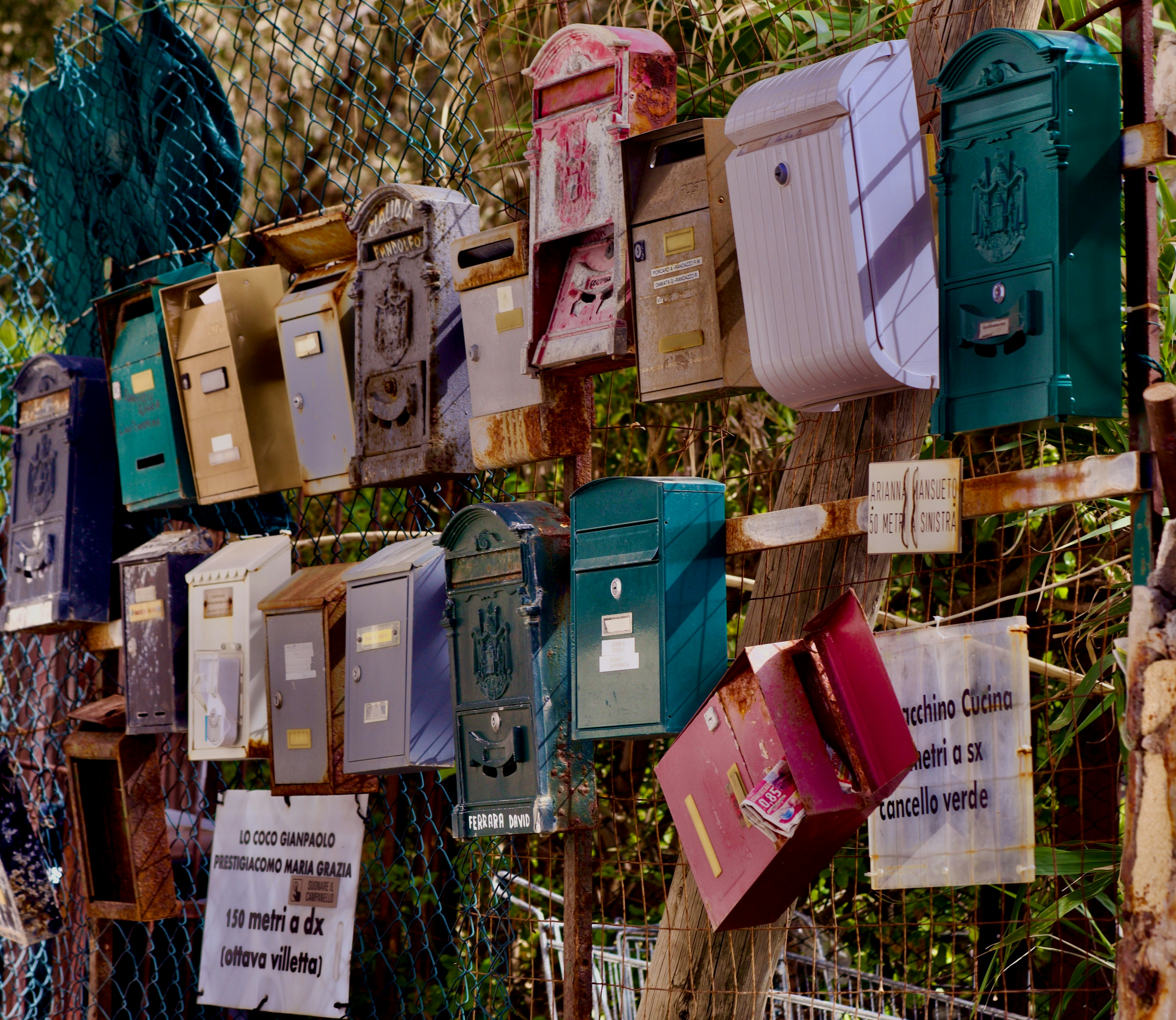
In Guimarães, discover the culture of linen through sport!
In Guimarães, discover the culture of linen through sport!
 Cultural cradle of Portugal, high place of the linen culture, the municipality of Guimarães proposed a pilot program mixing physical activity and discovery of these craft traditions. Vitor Marques, senior officer of the municipality presents us this innovative programme.
Cultural cradle of Portugal, high place of the linen culture, the municipality of Guimarães proposed a pilot program mixing physical activity and discovery of these craft traditions. Vitor Marques, senior officer of the municipality presents us this innovative programme.
As one of the European Capitals of Culture in 2012 (its historical centre being classified as World Heritage), and named European City of Sports in 2013, Guimarães hosted several cultural and sports events. It allowed the city to affirm its commitment to both of those sectors while promoting physical activity as a social development tool.
The Pilot Programme implemented in Guimarães has the Tradition of Linen as a basis for the development of actions that promote the practice of physical activity. Cultivation of linen is one of the oldest cultural manifestations of Guimarães and integrates the intangible cultural heritage of the local community. By identifying the tasks associated with this agricultural activity, the pilot project aims to create routines and physical exercises that not only promote physical activity, but also recover and preserve the memory of local rural traditions.
The elaboration of the different activities is inspired from the Linen Cycle. It was implemented by the realization of playground games, sessions of physical activity and gym training circuits. The project, “A.Linho” has three variations to target different audiences : young children (A.Linho at school), seniors and the active adult population that goes to the gym. Originally the tasks related to the Linen Cycle involved all generations and were dispatched regarding age or gender criteria. Hence the Pilot Programme provided possibilities of involvement and interaction, with the entire community as the target public.

Unlike Gargnano, this pilot programme focused on intangible cultural heritage to promote regular, non-competitive physical activity. Sporting activities, along with Cultural Heritage, provide a natural ground to grow a strong bond across generations, bringing all ages together. Combined, they can prove to be vital instruments to foster “active ageing” and community cohesion.
Learning together and learning from other generations can enhance the educational experience and engage us in activities unusual to our own experience. Participatory activities, such as sports, when we engage and get involved, provide the best learning experiences. Therefore, using cultural heritage and sports activities can prove to be a powerful tool in reducing the generational gap and promoting a community identity.
Sport and Citizenship 55 : enhancing sport and physical activity by culture

